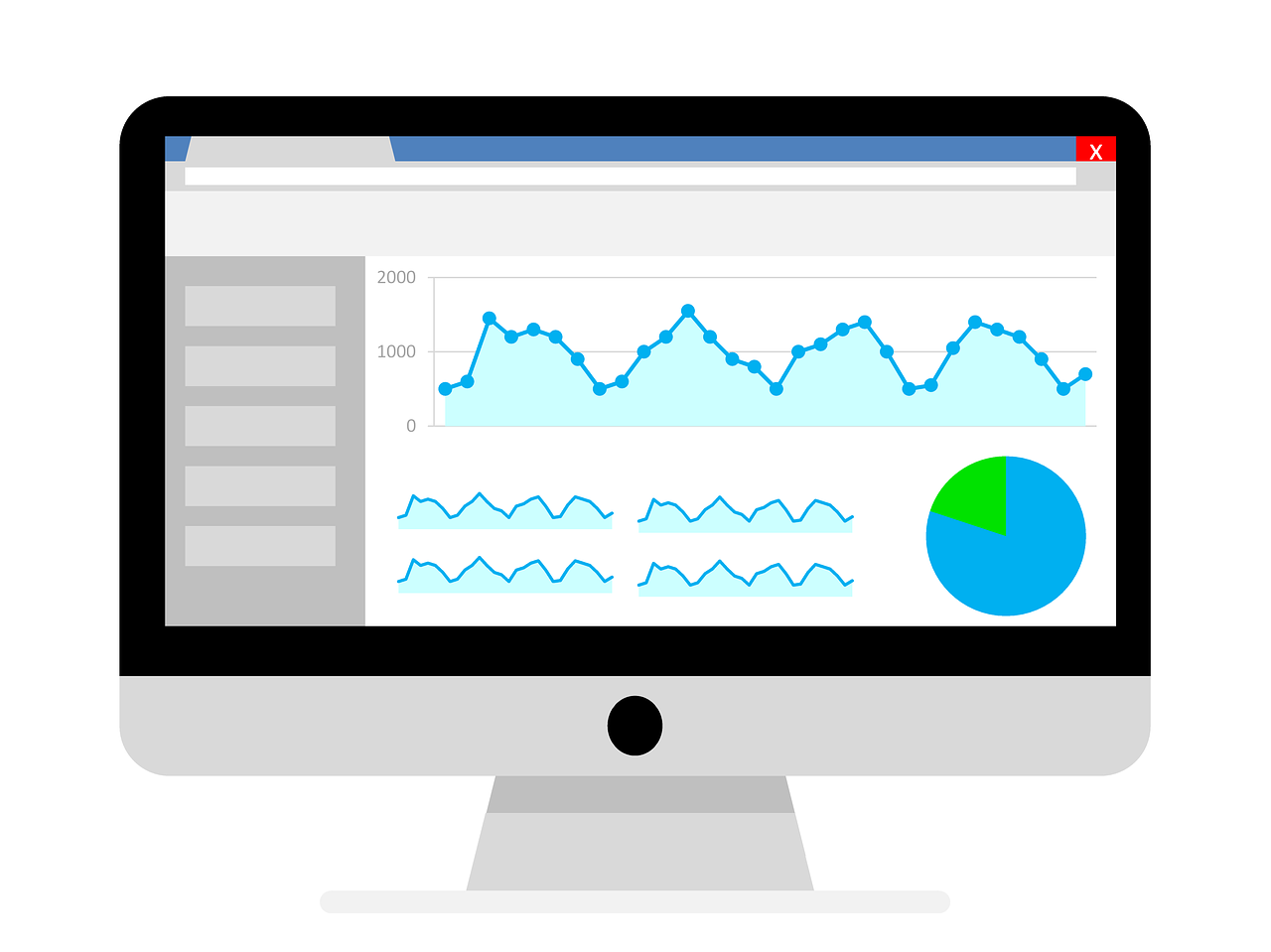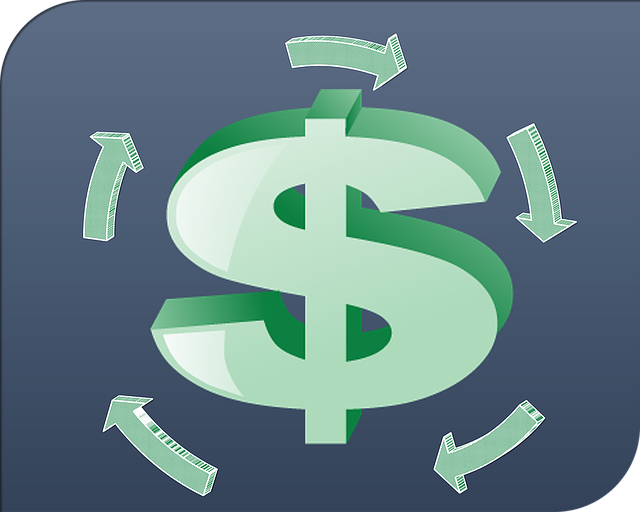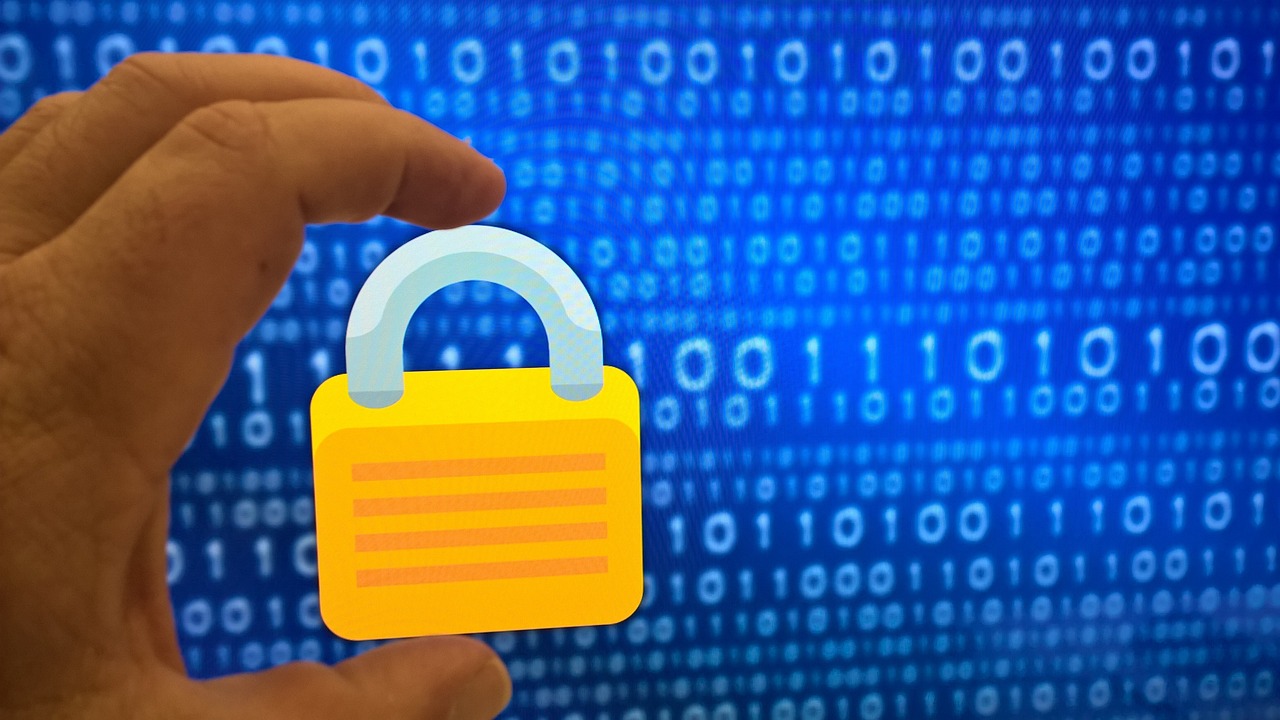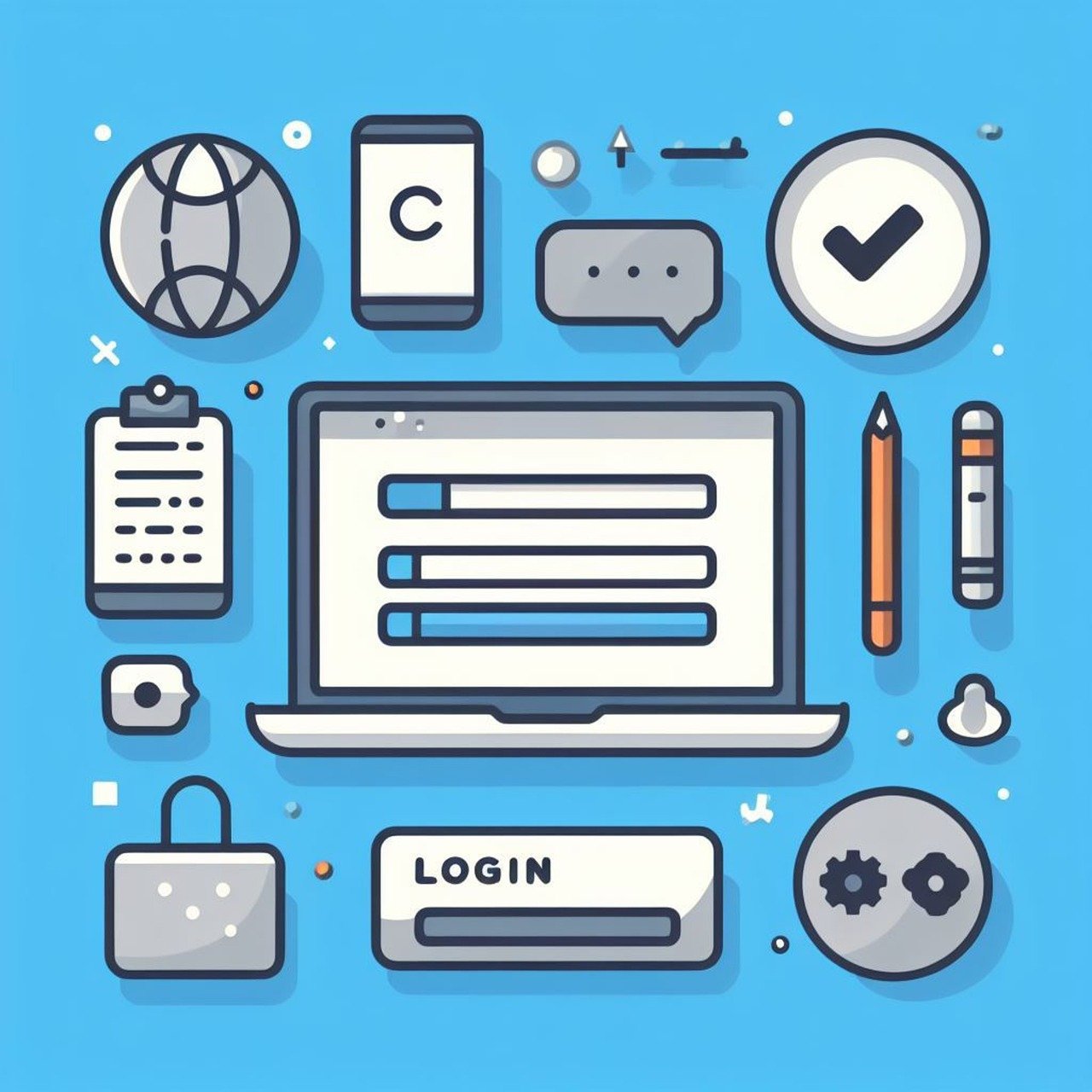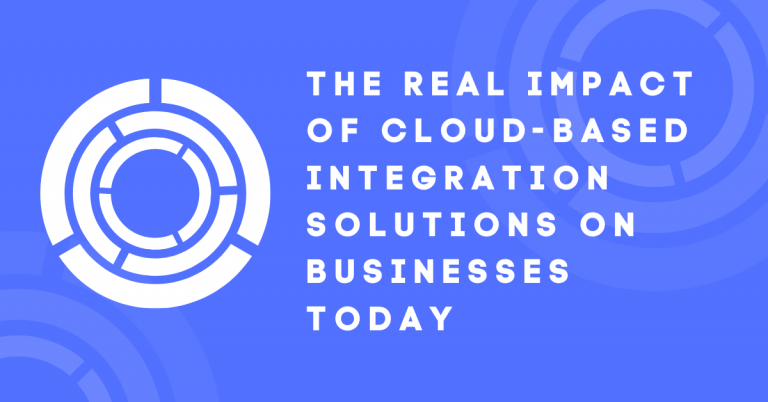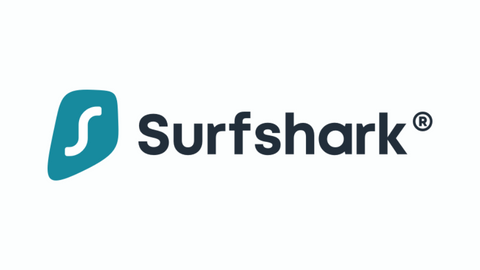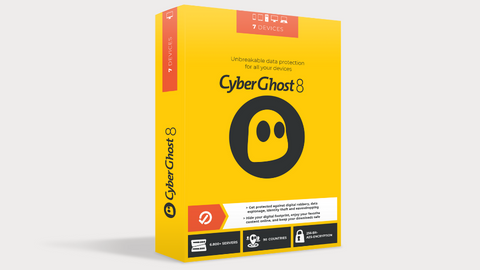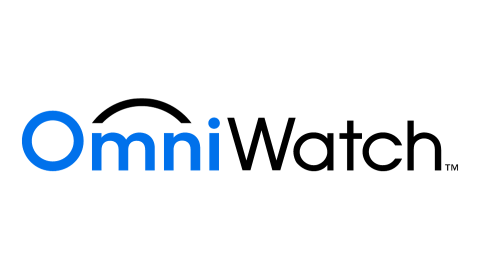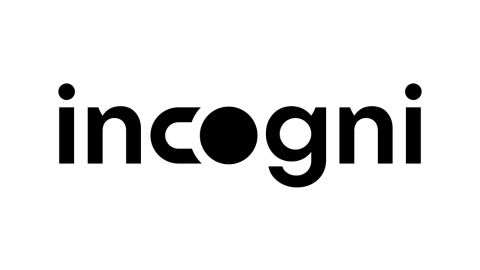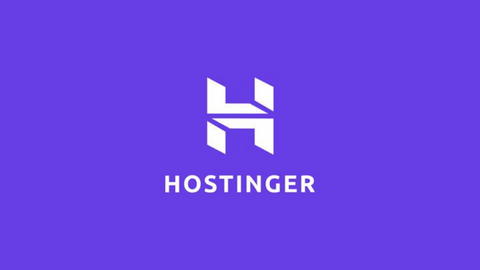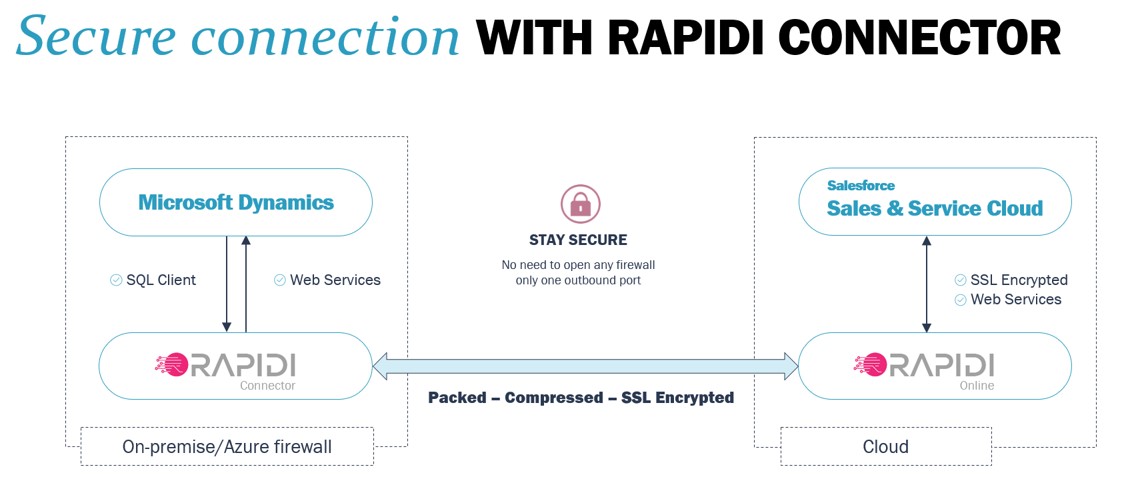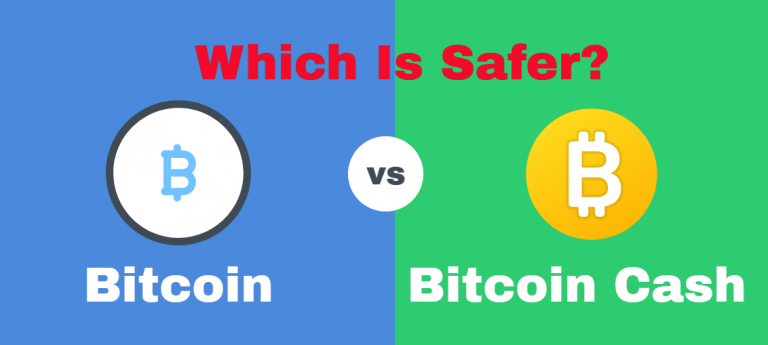In the rapidly evolving academic landscape, the integration of technology into the learning environment has been a game-changing development.
The novel concept of utilizing technology tools to enhance the learning experience has redefined conventional education methods and set new standards for assignment service excellence.
This article explores the impact of technology on learning, with a particular focus on the best assignment writing service, and how it helps transform minds.
Table of Contents
Tech-Savvy Learning: Digital Tools for Academic Success
As we navigate through the 21st century, the realm of education is no longer confined to the four walls of a classroom. It has expanded significantly, thanks to the advent of digital tools that have proven instrumental in facilitating academic success.
The integration of technology in the form of online courses, digital textbooks, and virtual lab experiments has not only made learning more accessible but also more interactive. These technological advancements have indeed revolutionized the learning landscape, enabling students to grasp complex concepts in a more engaging and efficient manner.
The emergence of tech-savvy learning has also led to a paradigm shift in how we perceive education. The traditional view of a teacher-centric classroom has been replaced with a more learner-centric approach.
With digital tools at their disposal, students can now learn at their own pace, anytime and anywhere. This flexibility has led to an increase in student engagement, fostering a more conducive environment for learning.
Moreover, digital tools have also made the daunting task of assignment writing significantly easier. The best assignment writing services now utilize these tools to provide students with top-notch assignments that not only meet academic standards but also engage students in the process.
This not only makes learning more enjoyable but also enhances the overall academic experience.
READ ALSO: Top 10 Cybersecurity Tips For Students
Virtual Classrooms: Navigating the New Norm
Virtual classrooms have emerged as the new norm in the field of education. This innovative approach to learning has not only made education more accessible but has also made it more interactive and engaging.
The advent of virtual classrooms has opened up new avenues for learning, allowing students to connect with their peers and teachers regardless of geographical boundaries.
Navigating through the virtual learning environment, however, does come with its fair share of challenges. The lack of face-to-face interaction can lead to feelings of isolation, and the abundance of online resources can sometimes be overwhelming.
However, with the right strategies and tools, students can effectively overcome these challenges and make the most of their virtual learning experience.
One such tool is the best assignment writing service, which provides students with the necessary academic support to excel in their virtual classrooms. These services leverage technology to provide personalized assistance to students, helping them navigate their academic journey.
Assignment Apps: Streamlining Your Study Routine
Assignment apps have emerged as a popular tool among students for streamlining their study routine. These apps offer a plethora of features that not only assist with assignment writing but also help improve productivity and time management skills.
From providing a platform for organizing notes and tasks to offering resources for research and citation, these apps have significantly simplified the process of assignment writing.
The best assignment writing services often incorporate such apps into their offerings, ensuring that students receive comprehensive academic support. These services use these apps to provide personalized assistance to students, helping them manage their academic workload effectively.
This not only helps students stay on top of their assignments but also allows them to focus on other important aspects of their academic journey.
Moreover, assignment apps also foster a self-directed learning environment, empowering students to take charge of their own learning. This not only enhances their understanding of the subject matter but also prepares them for the real-world challenges they may face in their future careers.
READ ALSO: Cybersecurity Tips for Students Studying Online
Tech Support for Scholars: Maximizing Online Resources
In the digital era, tech support for scholars has become an integral part of the learning process. From troubleshooting technical issues to navigating through online resources, tech support plays a crucial role in ensuring a smooth academic journey for students.
The best assignment writing services recognize the importance of tech support and, therefore, provide round-the-clock assistance to students.
Maximizing online resources, however, goes beyond just technical support. It also involves leveraging these resources to enhance the learning experience. From accessing online libraries to participating in virtual study groups, students can utilize these resources to expand their knowledge base and enhance their academic performance.
Conclusion
In conclusion, technology has indeed transformed the educational landscape, facilitating a shift towards a more inclusive, interactive, and efficient learning environment.
The best assignment writing service, equipped with advanced digital tools and robust tech support, stands at the forefront of this transformation, playing a pivotal role in shaping the future of education.
INTERESTING POSTS
- A Market-Leading Writing App That Will Help Every Student Stick To Their Study Plan and Excel in Writing Proficiency
- The Intersection of Cybersecurity and AI: Exploring Challenges and Opportunities in Student Writings
- Most Helpful Apps For Students
- Cybersecurity Technical Writing: Main Points
- 5+ Golden Cybersecurity Tips For Students









